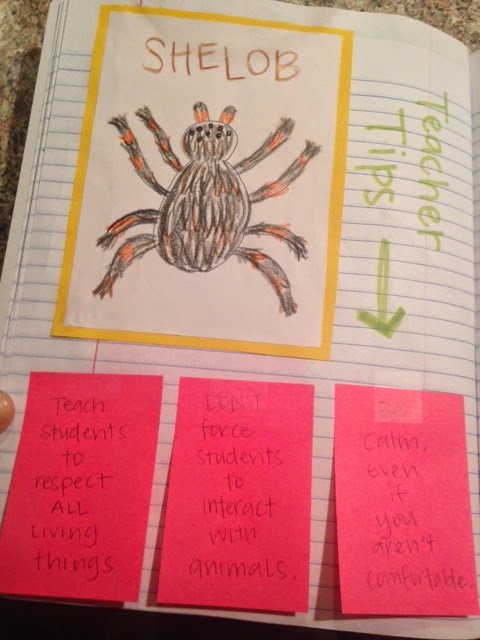Tomlinson says that “clear and predictable classroom routines
are probably the difference between productivity and chaos for classrooms…”
(pp. 47). Now that I know I will be
teaching in my own classroom next fall, I am making mental checklists of all
the procedures I need to teach my new students. I know that I must teach these
procedures in order for our classroom to run smoothly and efficiently. It will
take time to teach them in the beginning, but it will save so much more time
later on.
Some of the procedures I need to
teach are:
·
Starting the school day
·
Turning in homework
·
How/when to ask to use the restroom
·
How/when to ask to sharpen a pencil
·
Lining up
·
Walking in the hall
·
Transitioning between activities
·
Lunchroom etiquette
·
Asking for help
·
Attention signals
·
Classroom jobs
·
How to find missed work if absent
So, how are classroom routines
related to differentiation? I’m still learning, but so far I am gathering that
routines give students a chance to develop autonomy in the classroom. It also
lets them to have an active role in making sure that the classroom runs
smoothly from day to day. It helps them be proactive and to take stewardship
for aspects of the classroom. It helps build a sense of community and pride.
And, finally, when everyone is taking part in creating an efficient learning
environment, it helps free up the teacher to focus on other important things.





